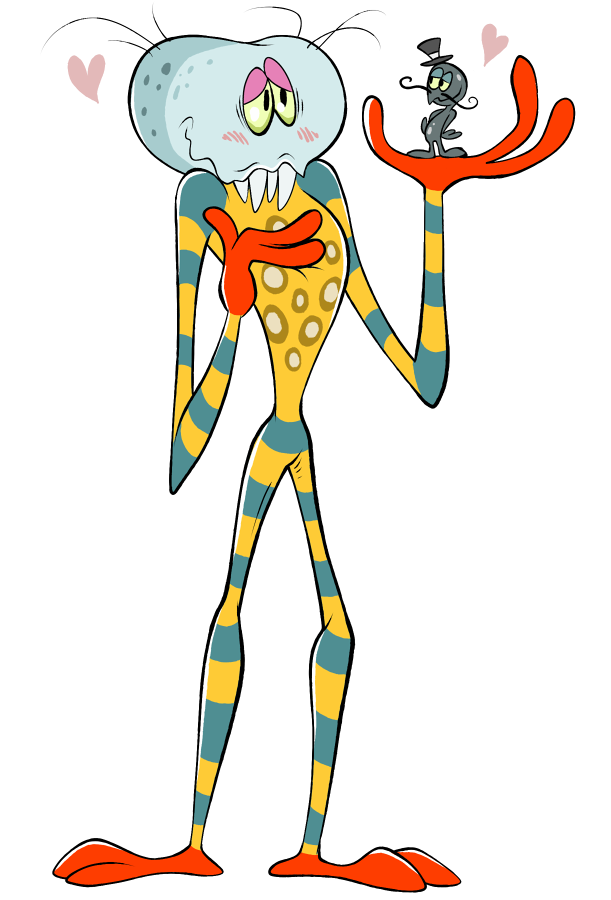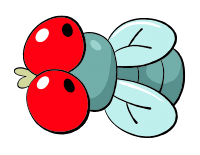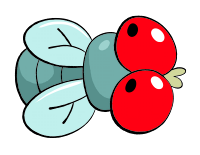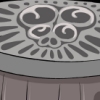
DAY ELEVEN: GOLDEN-SILK SPIDERS

[REAL PHOTO HERE]
I'm obviously someone who has seen a lot of "bug identification" groups here on the internet, and I can't count the number of times I've seen one of today's spiders posted in an almost panic-stricken tone. Those unfamiliar with the genus Nephila may be awed and terrified by their first encounter with the largest web-spinning spiders in all the world, and with their long, spindly legs, ghostly pale faces and magnificent color schemes, phrases like "this looks POISONOUS AS HELL" or "just how hard will this murder me!?" aren't uncommon.
Of course, size is never an indication of toxicity in nature, with the most venomous animals often erring on smaller sizes, and once again we have an exceptionally mild-mannered arachnid whose bite, if you can make her bite, while sometimes pretty painful, is never normally serious. These spiders are so laid back, in fact, that I've seen them displayed at three different zoos or aquariums with no "enclosure" to speak of, left to hang out in a corner or a potted plant where they simply never bothered to leave their web. As usual, it's only the male who really wanders, and of almost all known spiders, male Nephila are the very, very tiniest in comparison to the females. See for yourself HERE!
Real nephilids do have one interesting magic trick up their sleeve, though you have to be a honeybee or a butterfly to really appreciate it...and by then, it's probably too late for you. The silk of a golden-silk spider is, as you might have guessed, literally golden in color, and this pigmentation serves an amazing dual purpose. The exceptionally thick, strong silk ought to be exceptionally visible to the spider's prey - a web of yarn versus a smaller spider's web of dental floss - but in direct light, the yellow gleam is actively enticing to many insect species, resembling an even warmer, brighter patch of sunshine. This doesn't work under dimmer conditions, but that's okay, because the yellow tinge only causes the web to "blend in" with lower light conditions, shifting from an attractive beacon to an invisible trap with both location and the time of day!
Visibility isn't the only challenge facing such a large, heavy spider in a large, heavy web, either. She's slow and cumbersome enough that it would never be feasible to remake her web as often as other orb-weavers, so she must take down and replace only a small section at a time, and on windy days, she may cut a hole in the center so the breeze can pass through without ripping her home to pieces. The upside, of course, is that this tough web can entangle such bulky, formidable prey items as the stag beetles, dragonflies, cicadas and even small vertebrates. Nephila webs have been observed trapping lightweight birds, lizards, frogs, snakes and even bats, most of which would have been the ones eating our poor spider in any other situation.
It's no wonder that this silk has been used as a natural window screen or even fishing net by a number of cultures around the world, and its potential applications are an ongoing topic of research, though effective collection of the material has presented a few challenges, as it apparently took over seventy people, four years and a million individual spiders to produce just a single 2.5 pound tapestry.
Fortunately, the spider-goats were saved by the University of Wyoming and successfully bred with their modifications intact, with research still ongoing slowly but surely.


































